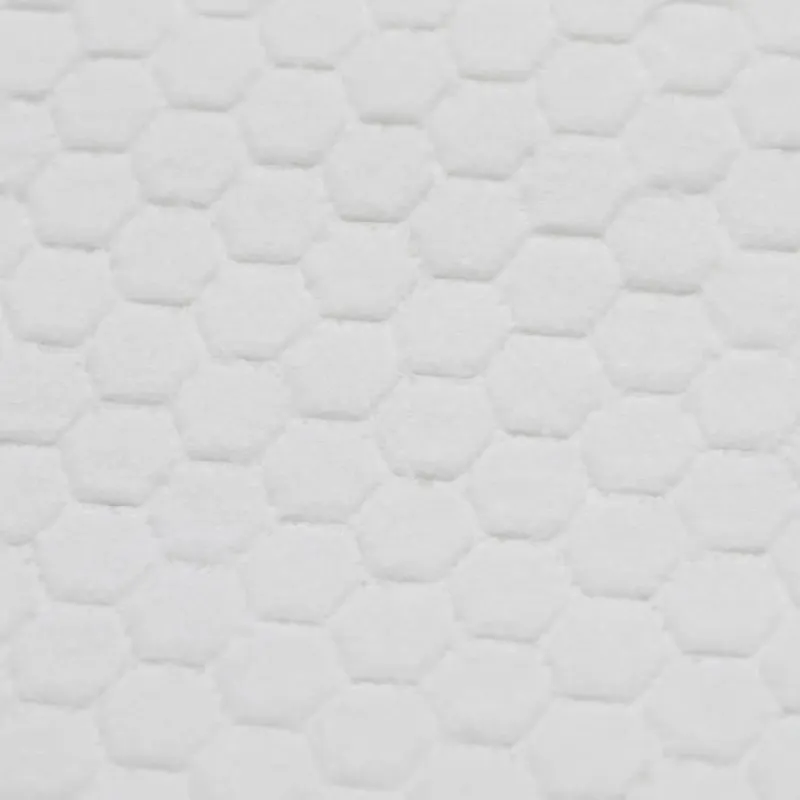
- Afrikaans
- Arabic
- Belarusian
- Bengali
- Czech
- Danish
- Dutch
- English
- Esperanto
- Estonian
- Finnish
- French
- German
- Greek
- Hindi
- Hungarian
- Icelandic
- Indonesian
- irish
- Italian
- Japanese
- kazakh
- Rwandese
- Korean
- Kyrgyz
- Lao
- Latin
- Latvian
- Malay
- Mongolian
- Myanmar
- Norwegian
- Persian
- Polish
- Portuguese
- Romanian
- Russian
- Serbian
- Spanish
- Swedish
- Tagalog
- Tajik
- Thai
- Turkish
- Turkmen
- Ukrainian
- Urdu
- Uighur
- Uzbek
- Vietnamese
Benefits of Installing Artificial Grass Fields for Sports and Recreational Activities
Oct . 18, 2024 17:20 Back to list
The Rise of Artificial Grass Fields A Game-Changer in Sports and Recreation
In recent years, the demand for artificial grass fields has surged, revolutionizing the way we approach sports and recreational activities. Artificial grass, also known as synthetic turf, mimics the appearance and feel of natural grass while offering numerous advantages that cater to the needs of athletes, coaches, and facility managers alike.
The Advantages of Artificial Grass
One of the primary benefits of artificial grass is its durability. Unlike natural grass, which requires significant upkeep, synthetic turf can withstand heavy foot traffic and adverse weather conditions without compromising its integrity. This durability translates to lower maintenance costs and an extended lifespan, making it an economical choice for sports facilities. Additionally, artificial grass fields can be used year-round, regardless of climate, allowing for consistent training and competition schedules.
Another significant advantage is the enhanced playing surface that artificial grass provides. Modern synthetic turfs are designed to offer excellent traction, cushioning, and shock absorption. These features reduce the risk of injuries commonly associated with traditional grass fields, such as twisted ankles and knee injuries. Furthermore, advancements in technology have led to the development of artificial grass that remains cool underfoot, mitigating the discomfort of playing on a hot field and promoting optimal performance.
A Sustainable Solution
Environmental considerations also play a vital role in the growing popularity of artificial grass fields. While the production of synthetic turf has faced criticism regarding its environmental impact, many manufacturers are now focusing on sustainability. Innovations such as using recycled materials in the production process and developing eco-friendly infill options are becoming more prevalent. Moreover, artificial grass eliminates the need for harmful pesticides, herbicides, and fertilizers that can negatively affect local ecosystems. As cities worldwide strive to become more sustainable, artificial grass emerges as an appealing alternative to traditional lawns and recreational fields.
Diverse Applications
artificial grass field

Artificial grass is not only utilized in traditional sports venues like soccer and football fields but also in a wide range of recreational applications. Schools, parks, and playgrounds have adopted synthetic turf to provide safe, durable, and visually appealing spaces for children to play. Dog parks have also seen a rise in artificial grass installations, providing a hygienic and resilient environment for pets to enjoy without damaging the landscape.
Moreover, the versatility of artificial grass allows it to be used creatively in landscaping. Homeowners are increasingly opting for synthetic lawns to reduce water usage and maintenance efforts. These lawns provide a green, lush appearance year-round without the associated upkeep of natural grass. The aesthetic appeal, combined with practical benefits, has made artificial grass a popular choice in residential areas.
Challenges and Concerns
Despite its many benefits, the transition to artificial grass fields is not without its challenges. Concerns about the heat retention of synthetic turf, particularly in warmer climates, have prompted research into cooling technologies and alternative materials that can mitigate these effects. Additionally, there are ongoing discussions around the safety of certain infill materials, such as rubber, which may release harmful chemicals. As awareness grows, further regulation and monitoring are necessary to ensure player safety and environmental health.
The Future of Artificial Grass
As technology continues to evolve, the future of artificial grass fields looks promising. Continued innovation will likely lead to improvements in the safety, performance, and sustainability of synthetic turfs. Moreover, as the world becomes more aware of environmental issues, the demand for eco-friendly alternatives will drive further advancements in materials and production methods.
In conclusion, artificial grass fields represent a significant advancement in sports and recreation. Offering durability, safety, and aesthetic appeal, they meet the demands of modern athletes and facility operators while promoting sustainability. As we embrace this green revolution in sports, artificial grass is set to play an increasingly important role in our athletic landscapes and recreational spaces for years to come.
-
The Benefits of Artificial Turf for Indoors
NewsJul.15,2025
-
How Artificial Grass Suppliers Ensure Quality Products
NewsJul.15,2025
-
Artificial Grass and Pets: A Space for Relaxation
NewsJul.08,2025
-
Balcony & Outdoor Decoration with Artificial Grass
NewsJul.08,2025
-
Best Indoor Artificial Grass for Home
NewsJul.07,2025
-
Best Pet Turf for Dogs: Safe & Durable Artificial Grass Options
NewsJul.07,2025
Products categories









